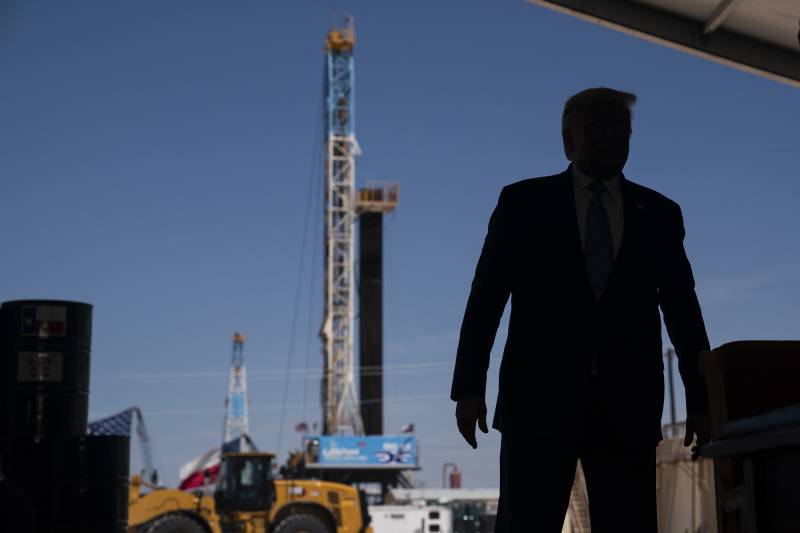As happened in the summer of 2022, when global oil prices surged due to Russia’s invasion of Ukraine, gas prices in California are likely to rise along with the rest of the country.
However, one reason why California often pays more at the pump than much of the rest of the U.S. is because of statewide environmental laws that are stricter than the ones on the federal level.
California relies on a reformulated gasoline program that produces cost-effective emission reductions from gasoline vehicles. The program, implemented in the 1990s, ensures that cars burn cleaner gas to reduce emissions. This, combined with California’s state taxes, uniquely situates gas prices to be some of the most expensive in the country.
Johnson elaborated that there are different types of “gasoline blends” that vary seasonally. These “blends” are special mixtures of gasoline that produce less greenhouse gases than traditional gasoline.
“We have the cheapest gasoline in the winter, and then in the spring, when people start hitting the road, it starts getting a little bit more expensive,” Johnson said. “Then, when that summer blend kicks in, it gets to be the most expensive. Then it usually tapers off around fall, and the whole cycle starts over again.”
Johnson noted that it is too early to tell what effects the tariffs will have on the future of gasoline prices.

